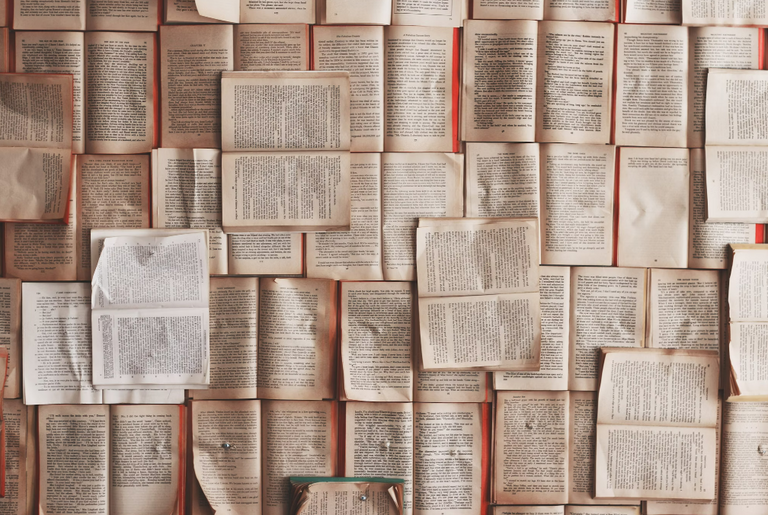Reading is a wonderful habit, but the lighting conditions in which you read can impact your eye health. Many people enjoy reading at night or in dimly lit rooms, but this can actually strain your eyes and lead to discomfort. Let’s explore why reading in low light isn’t good for your eyes and how to create a better environment for reading.
1. Eye Strain and Fatigue
- When you read in low light, your eyes work harder to focus on the text. This extra effort leads to eye strain, which can cause tired, sore eyes, headaches, and even neck and shoulder pain over time.
2. Difficulty in Focusing
- Our eyes naturally struggle to focus on details in dim light, leading to blurred vision and difficulty concentrating on what you’re reading. Constantly adjusting your focus can make reading feel uncomfortable and lead to fatigue faster.
3. Increased Risk of Myopia Progression
- Reading in low light can contribute to eye strain and, in some cases, worsen nearsightedness (myopia). While it doesn’t directly cause myopia, consistently straining your eyes can contribute to discomfort and potentially encourage poor eye health habits.
4. Slower Reading Speed and Lower Comprehension
- In low light, your reading speed may slow down as your eyes struggle to focus. This may also affect your comprehension and retention of the material, making it harder to fully absorb what you’re reading.
5. Risk of Temporary Symptoms Like Dryness or Itching
- Reading in dim light often leads to symptoms like dryness or itching because your blink rate may decrease while focusing hard. The lack of adequate blinking reduces tear production, leaving your eyes feeling dry and irritated.
Tips for Reading in Better Light
- Use a Soft, Focused Light Source: Choose a reading lamp with adjustable brightness so you can direct light onto the book without it being too harsh on your eyes.
- Natural Light is Best: Try to read in natural daylight when possible. Sitting near a window provides the perfect balance of brightness without straining your eyes.
- Take Breaks: Follow the 20-20-20 rule—look at something 20 feet away for 20 seconds every 20 minutes to give your eyes a break.
- Adjust the Brightness of Electronic Devices: If you’re reading on a screen, reduce the brightness to a comfortable level and consider using blue light filters to ease strain.
Conclusion
While reading is a beneficial habit, it’s essential to pay attention to lighting conditions to protect your eyes. Avoid reading in dim light, and instead, create a comfortable and well-lit environment that allows your eyes to focus without strain. This simple change can make a huge difference in your eye health and reading experience in the long run.


